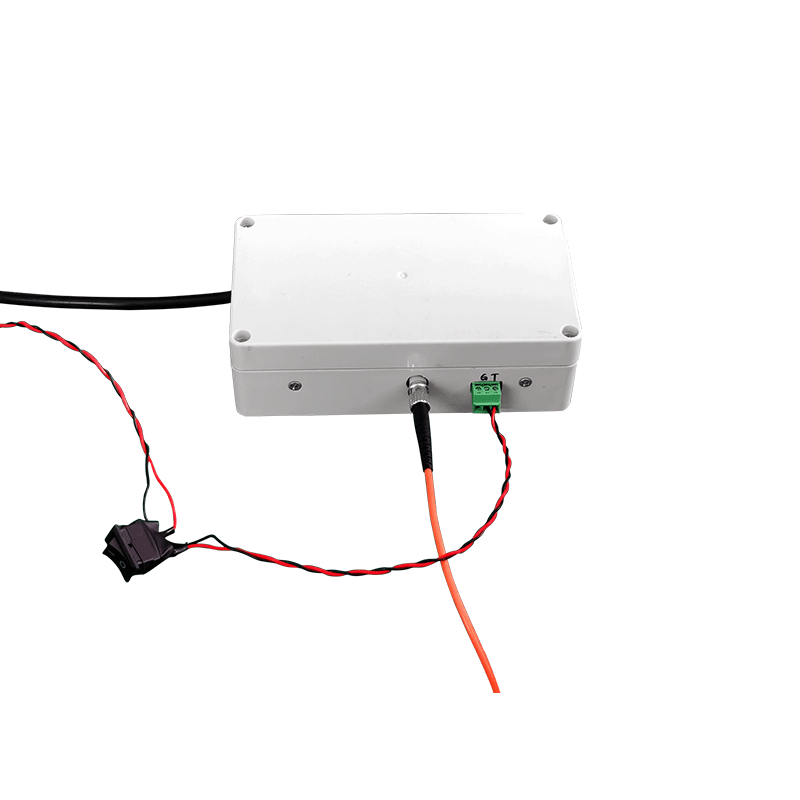Application of High-Voltage Generators in High-Energy Physics Experiments
In the field of high-energy physics experiments, the study of microscopic particle behavior relies on precise manipulation and measurement under extreme conditions. As a core device for generating high voltages, strong electric fields, and special physical environments, high-voltage generators play an irreplaceable role in particle acceleration, detector operation, and special experimental scenarios. The performance of these generators directly affects the accuracy, efficiency of experiments, and the achievement of expected scientific goals.
1. High-Voltage Generators in Particle Accelerators
Particle accelerators are the core devices in high-energy physics experiments, and high-voltage generators provide the crucial energy for acceleration and focusing. In linear accelerators, high-voltage generators generate high-frequency, high-amplitude pulsed voltages to create traveling or standing wave electric fields, enabling charged particles to gain extremely high energy over short distances. The voltage amplitude typically reaches several million volts, with a frequency range from tens to hundreds of megahertz, ensuring that particles can travel at speeds close to the speed of light.
In circular accelerators, high-voltage generators mainly maintain the stable orbit of particle beams. By precisely controlling the high-voltage power supply of injectors, deflection magnets, and focusing magnets, the magnetic field strength and distribution can be adjusted to achieve precise guidance and confinement of the particle beam. Moreover, new high-voltage generators adopt modular design and intelligent control technologies, which can monitor and adjust output parameters in real-time, keeping voltage stability within 0.01%, providing solid support for high-precision particle collision experiments.
2. High-Voltage Power Supply in Detector Systems
Detectors in high-energy physics experiments require high-voltage power supplies to convert and amplify signals. In gas detectors, high-voltage generators provide an electric field within the gas medium of the detector, causing ionized electrons generated by the interaction between particles and gas molecules to accelerate and drift under the electric field, and then be collected and converted into electrical signals. In this case, high-voltage generators need to have extremely low noise levels and high-stability output to avoid background noise interfering with weak signals.
For semiconductor detectors, high-voltage generators are used to apply reverse bias to improve the detector's sensitivity and response speed. By precisely controlling the bias voltage, the width of the detector's depletion layer can be adjusted to optimize the charge collection efficiency. New high-voltage generators are also integrated with multi-channel independent control functions, capable of providing different voltages to multiple detector units simultaneously, meeting the personalized needs of complex detector arrays.
3. High-Voltage Applications in Special Experimental Scenarios
In some special high-energy physics experiments, the extreme conditions created by high-voltage generators are crucial for research. For example, in high-energy-density physics experiments, the ultra-strong pulsed electric or magnetic fields generated by high-voltage generators can simulate the physical environments inside stars or during supernova explosions, enabling the study of the state and properties of matter under extreme conditions. These experiments require high-voltage generators to release extremely high energy within extremely short times (nanoseconds to picoseconds), with peak voltages reaching tens of gigavolts.
In addition, in dark matter detection experiments, high-voltage generators provide stable operating voltages for detectors to ensure continuous monitoring of weak signals. By optimizing the ripple suppression and electromagnetic shielding performance of the power supply, external interference can be effectively reduced, improving the detection sensitivity and reliability of the experiments.
4. Technological Development Trends
With the increasing demands for accuracy and energy in high-energy physics experiments, high-voltage generators are evolving towards higher voltage, lower noise, and greater intelligence. The application of new materials and processes, such as superconducting technology and wide-bandgap semiconductor devices, will further enhance the performance of high-voltage generators. Meanwhile, artificial intelligence-based adaptive control algorithms and distributed power supply architectures will enable precise regulation and efficient management of complex experimental systems.
As an important supporting device for high-energy physics experiments, high-voltage generators play a key role in promoting particle physics research and exploring the mysteries of the universe. In the future, with continuous technological innovation, high-voltage generators will bring more breakthroughs and possibilities to high-energy physics experiments.




















